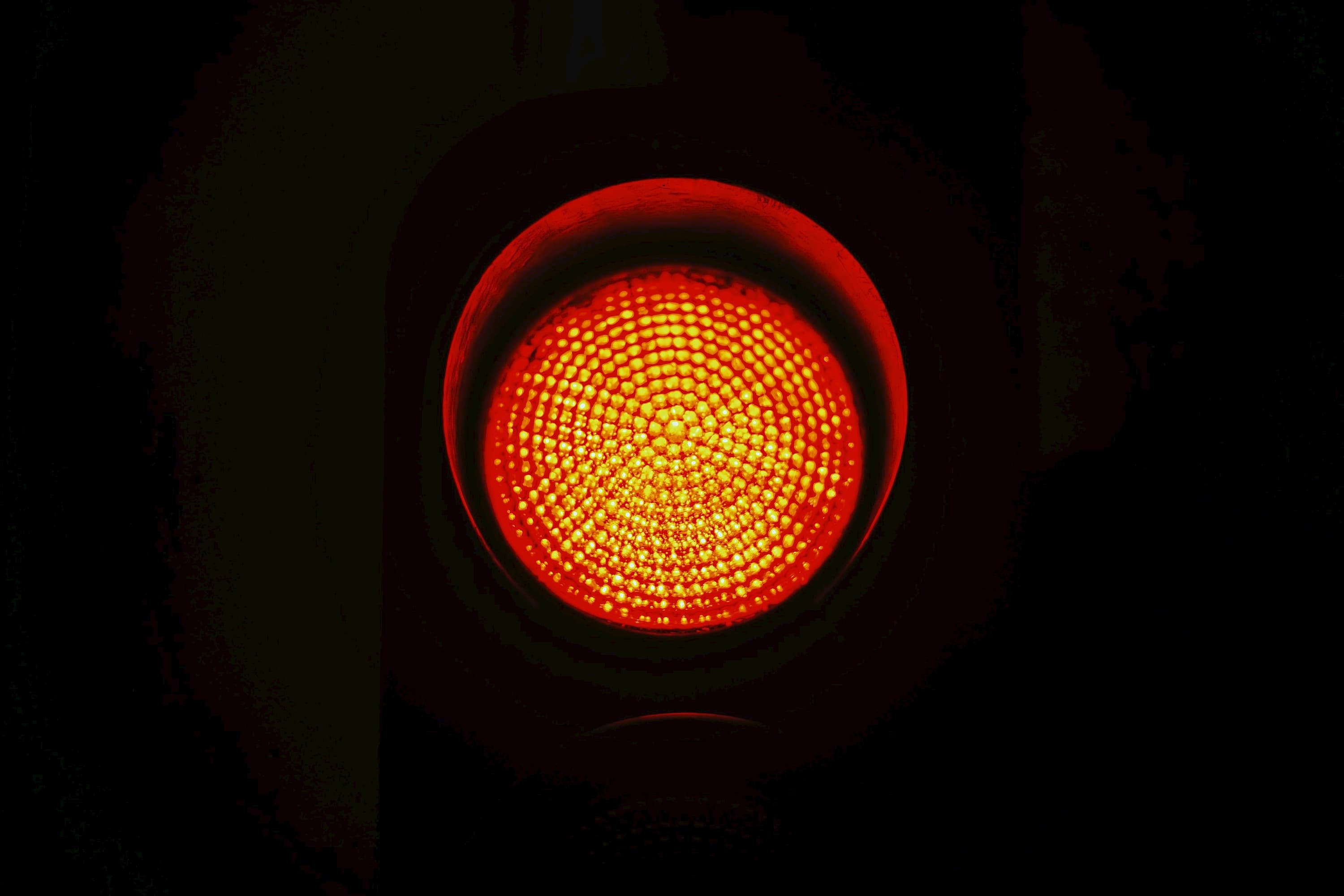For product designers on the lookout for a wireless antenna for their wireless project, a trace antenna may well be their first port of call.
There are several reasonable explanations for this. For one, trace antennas can be less expensive than chip antennas. For engineers designing on a tight budget, they can be an appealing option. Additionally, it’s possible for one engineer to fully design in and integrate a trace antenna themselves.
But the deal with a trace antenna is not always as good as it seems. Their cost-effectiveness and ease of manufacture mean you’re more likely to encounter problems during the design, testing and implementation stages. As well as contributing to time lost, issues arising from a problematic trace antenna can burden a wireless project with additional costs throughout development.
A trace antenna will be the right choice for some projects, but given that optimal wireless performance is more vital than ever for wireless devices, this needs to be a carefully considered decision. This quick guide explains the key considerations to be made before settling on a trace antenna, including:
- Common design and functionality issues
- Potential performance problems
- Variations in substrate material
- The PCB space occupied compared to alternatives




